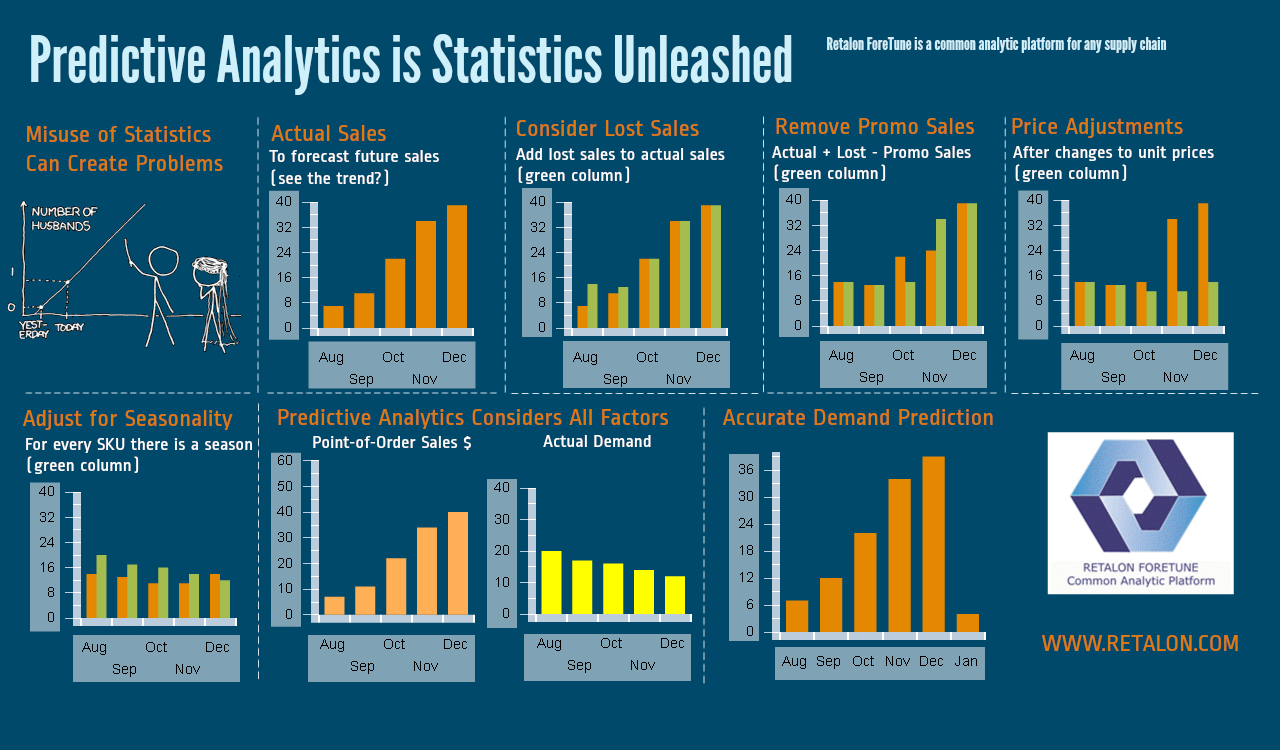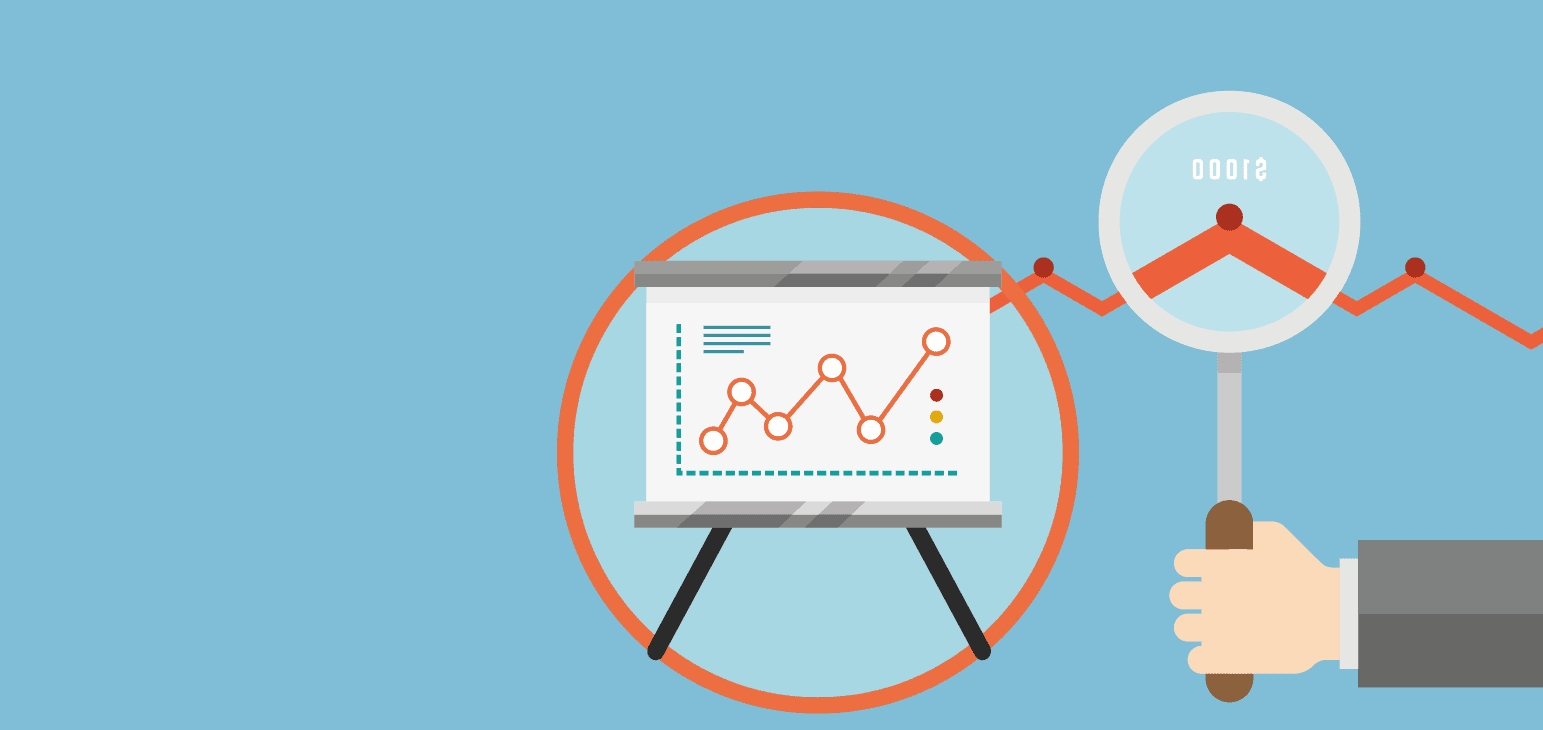The digital world is ever expansive and constantly evolving. Therefore, to plan solid marketing strategies and yield favourable results for businesses, it is necessary for marketers to be consistently on their toes and look for newer and better profit-making, customer-engaging techniques.
The latest buzz-making word in the digital spectrum is “predictive analytics”.
What is it exactly?
Frankly speaking, it is quite self-explanatory:
Predictive analytics makes use of different methods and algorithms from statistics and data mining to analyze current and past data in order to predict the outcome of future events and interactions.
Even though the term “prediction” has been in the dictionary of marketers since years, its usage took a new meaning only 2 years ago thanks to the advent of technology and of course, the rise of Big Data.
The Big Data boom has made predicative analysis easier because of the availability of infinite data splashed in the form of advertisements, blog posts, social media feeds, PDFs, ordering information, call center transcripts, surveys, marketing literature, etc.
Studying patterns and identifying customer behaviour is a piece of cake today – provided the right tools are used. While predictive analysis has been around in the healthcare sector and financial services industries for the last one decade, B2B marketers are finally taking notice of it.
Given the fact that “personalization” and “customers” go hand-in-hand nowadays, businesses can (and do) derive relevant data to make effective B2C marketing strategies with the help of predictive analytics. In fact, 97% marketers seem to understand how and why best customers buy. 92% of them optimize marketing mix to reach the right buyers.
In the B2B spectrum, marketers have seen a considerably high impact – 83 per cent – on their businesses after implementing predictive analytics marketing systems.
According to a survey by Forrester Consulting, having a standardized marketing platform, implementing analytics solutions in less than 2 weeks and tracking conversion rates were the main reasons for which businesses seemed to do even better and flourish faster.

However, even though we know that predictive analytics is instrumental in pushing the digital world forward, it is important to understand how it essentially expands marketing tactics. Read on:
1. Numbers show the future (and the past)
Predictive analytics plays with numbers. This means that whatever speculation takes place happens only after it has been leveraged against criteria and weightings. This use helps marketers in identifying the target base that is more likely to convert and through which medium.
It also provides historic data on past behaviour of active buyers and their frequency of making purchases. It is because of these targeted efforts that marketers can help lower customer acquisition costs as the conversion rates go higher.

2. Segmentation made easy
With the use of predictive analytics, it is now possible to segment not only on the basis of generic attributes but also on highly specific categories – something that was not possible in campaigns other than highly prioritized ones! Predictive analytics supports intricate and automated segmentation – which helps the marketers in driving their outbound communication accordingly.
3. Make a data-backed market strategy
A report by McKinsey states that 3 out of 4 market expansions fail. A vague market strategy, irrelevant and outdated data and improper communication plan are just some of the reasons for why a business exactly fails. Predictive analytics puts an end to all this. It provides a market opportunity that is backed by data and helps the marketers in building appropriate plans and conducting effective campaigns.
4. Outbound efforts made possible
When you execute outbound plans that are not properly targeted, it leads to poor response rates and even garnering bad reputation in front of the target audience. Therefore, in order to avoid being in that position, it is necessary to know the exact direction where your communication plan is headed. A never-ending, vicious cycle of “batch and blast” results in low ROI and narrow pipeline. Why put in your energy into something that won’t fetch results in the future?
Here’s how Wigzo can help
No two customers are alike. Every customer is a separate entity, driven by personal preferences and interests. What works for one customer may not work for another. Marketers need to understand these individual ‘differences’ between the customers and then personalize the messages to fit their expectations.
The main aim of Wigzo is to offer solutions that create personalized experiences across all customer touch-points from a single, integrated digital marketing platform. It helps brands to forge an interactive relationship with the customers based on real-time, bespoke communication, spurring them to convert their purchasing intent into action.
Predictive analytics is a powerful technique and if marketers make full use of it, they can generate better results by extending the customer life cycle and even increasing the revenue generated by each individual customer.















